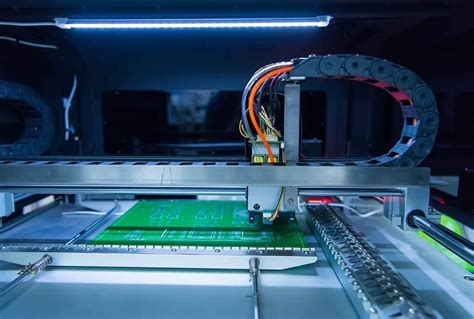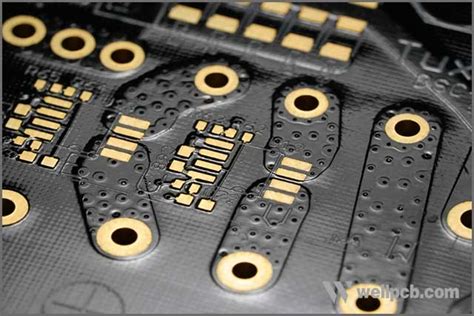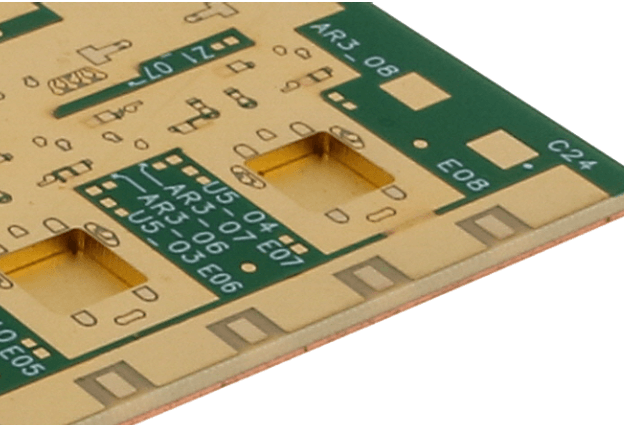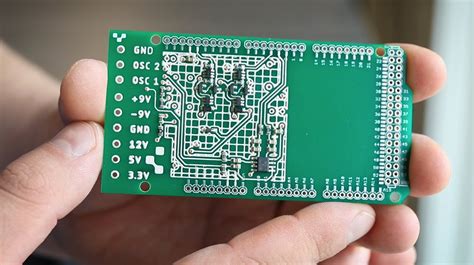Anti-interference considerations for digital circuit design
In the design of electronic systems, in order to avoid detours and save time, the requirements for anti-interference should be fully considered and met to avoid taking remedial measures for anti-interference after the design is completed. There are three basic elements that form interference:
(1) Interference source, which refers to the components, equipment or signals that generate interference.
It is described in mathematical language as follows: du/dt, where di/dt is large is the interference source. For example, lightning, relays, thyristors, motors, high-frequency clocks, etc. may all become interference sources.
(2) Propagation path, which refers to the path or medium through which interference propagates from the interference source to the sensitive device. The typical interference propagation path is conduction through wires and radiation in space.
(3) Sensitive devices, which refer to objects that are easily interfered with. For example,
A/D, D/A converters, single-chip microcomputers, digital ICs, weak signal amplifiers, etc.
The basic principles of anti-interference design are: suppress interference sources, cut off interference propagation paths, and improve the anti-interference performance of sensitive devices.
1 Suppressing interference sources Suppressing interference sources means reducing du/dt and di/dt of interference sources as much as possible. This is the most important and most important principle in anti-interference design, and it often achieves twice the result with half the effort.
Reducing du/dt of interference sources is mainly achieved by connecting capacitors in parallel at both ends of the interference source. Reducing di/dt of interference sources is achieved by connecting inductors or resistors in series with the interference source loop and adding freewheeling diodes.

Common measures to suppress interference sources are as follows:
(1) Add freewheeling diodes to relay coils to eliminate the back electromotive force interference generated when the coil is disconnected, as shown in Figure 1. Adding only freewheeling diodes will delay the disconnection time of the relay. After adding zener diodes, the relay can operate more times per unit time.
(2) Connect spark suppression circuits in parallel at both ends of the relay contacts to reduce the impact of electric sparks, as shown in Figure 2.
(3) Add filter circuits to the motors, and pay attention to keeping the capacitor and inductor leads as short as possible, as shown in Figure 3.
(4) Each IC on the circuit board should be connected in parallel with a 0.01μF~0.1μF high-frequency capacitor to reduce the impact of the IC on the power supply, as shown in Figure 4. Pay attention to the wiring of the high-frequency capacitor. The effects of Figure a and Figure b are very different, and Figure c is better than Figure b. The wiring of Figure a increases the equivalent series resistance of the capacitor, affecting the filtering effect.
(5) Avoid 90-degree folds when wiring to reduce high-frequency noise emission, as shown in Figure 5.
(6) Connect an RC suppression circuit at both ends of the thyristor to reduce the noise generated by the thyristor.

2 Cut off the interference propagation path
According to the interference propagation path, it can be divided into two categories: conducted interference and radiated interference.
The so-called conducted interference refers to the interference transmitted to the sensitive device through the wire. The frequency band of high-frequency interference noise and useful signals is different. The propagation of high-frequency interference noise can be cut off by adding a filter to the wire, and sometimes an isolation optocoupler can be added to solve it. Power supply noise is the most harmful and should be handled with special attention. The so-called radiated interference refers to the interference transmitted to the sensitive device through space radiation. The general solution is to increase the distance between the interference source and the sensitive device, isolate them with a
Common measures to cut off the interference propagation path are as follows:
(1) Fully consider the impact of the power supply on the microcontroller.
If the power supply is well done, the anti-interference of the entire circuit is more than half solved, as shown in Figure 6. Many microcontrollers are very sensitive to power supply noise. It is necessary to add a filter circuit or a voltage regulator to the microcontroller power supply to reduce the interference of power supply noise on the microcontroller. L is a magnetic bead, which can also be replaced by a 100Ω resistor.
(2) If the I/O port of the microcontroller is used to control noisy devices such as motors, isolation should be added between the I/O port and the noise source, as shown in Figure 7. L is a magnetic bead, which can also be replaced by a 100Ω resistor.
(3) Pay attention to the crystal oscillator wiring, as shown in Figure 8. The crystal oscillator and the microcontroller pins are as close as possible, the clock area is isolated with a ground wire, and the crystal oscillator shell is grounded and fixed. This measure can solve many difficult problems.
(4) The circuit board should be reasonably divided into strong and weak signals, digital and analog signals. Keep interference sources (such as motors and relays) away from sensitive components (such as microcontrollers) as far as possible, as shown in Figure 9.
(5) Use ground wires to isolate the digital area from the analog area, separate the digital ground from the analog ground, and finally connect to the power ground, as shown in Figure 10. The wiring of A/D and D/A chips also follows this principle. Manufacturers have considered this requirement when allocating the pin arrangement of A/D and D/A chips.
(6) The ground wires of microcontrollers and high-power devices should be grounded separately to reduce mutual interference. High-power devices should be placed at the edge of the circuit board as much as possible, as shown in Figure 11.
(7) Use anti-interference components such as magnetic beads, magnetic rings, power filters, and shielding covers in key places such as microcontroller I/O ports, power lines, and circuit board connection lines to significantly improve the circuit’s anti-interference.





